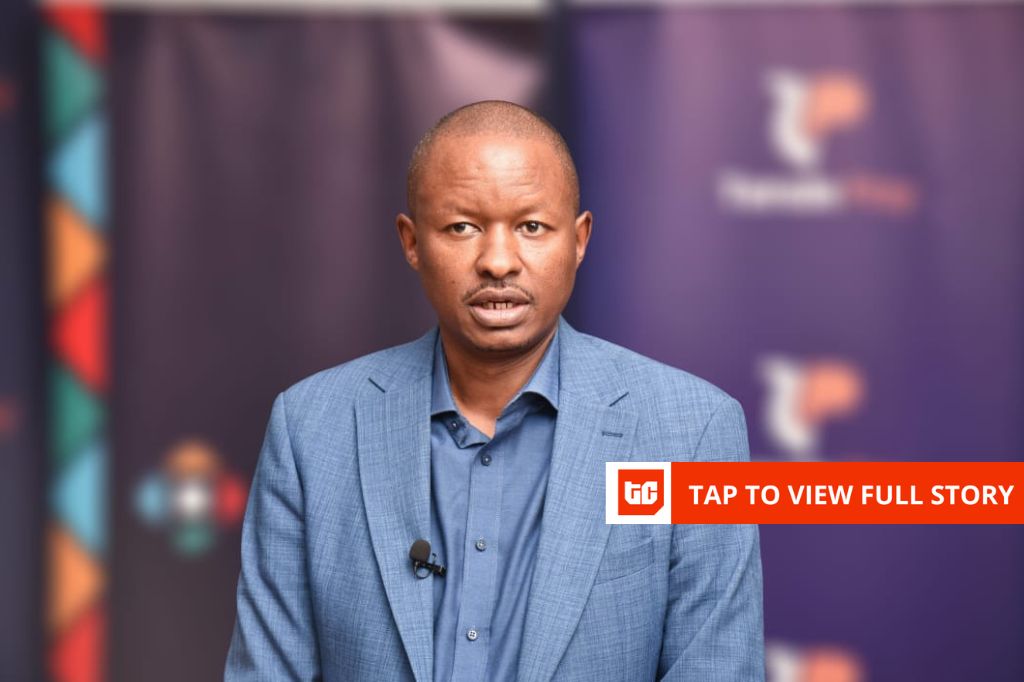Sending money in Kenya is still more complicated than it looks. A payment that starts in a bank account often transfers through a mobile wallet before reaching a merchant, with each leg taking a fee, and each system jealously guarding its own rails.
Commercial banks’ answer has been Pesalink, an instant transfer platform that promises to cut out those detours. But eight years after launch, its ability to simplify Kenya’s payments landscape depends less on technology than on politics.
Wider ambition?
When the Kenya Bankers Association (KBA) launched Pesalink in 2017, the aim was to enable customers to transfer money between banks instantly, without the delays and charges associated with traditional interbank transfers.
At the time, the only way to move money digitally between financial institutions was through electronic funds transfer (EFT) or real-time gross settlement (RTGS)—systems that were clunky, slow, and unsuitable for retail use.
“Before PesaLink came about, the only ways you could move money between banks digitally were EFT or RTGS — neither of which are real-time,” recalls Gituku Kirika, CEO of Integrated Payments Services Ltd (IPSL), the company that owns and runs Pesalink.
Since its launch, Pesalink has worked largely as a back-office convenience, a utility for the banking sector rather than a household name. But the payments landscape around it has shifted rapidly.
M-Pesa has become Kenya’s dominant channel, processing an estimated KES 8 trillion ($61.9 billion) a year, while Airtel Money, Telkom’s T-Kash, and a growing roster of fintech wallets are racing to claw out niches. As of 2024, Kenya had 73 million registered mobile money accounts — and a deeply fragmented ecosystem.
Banks, fintechs, and Savings and Credit Cooperatives (SACCOs) each maintain their own networks, agents are duplicated, and merchants must juggle multiple systems.
“You go to a pharmacy in Nairobi and you find they’ve been signed up by five different entities,” says Kirika. “That’s duplication of effort, duplication of technology, and time-consuming for the owner. One shared agent infrastructure would cut those inefficiencies.”
Kirika says Pesalink’s leadership is pushing to reposition the platform as the shared infrastructure that links banks, mobile money wallets, SACCOs, and fintechs into one interoperable payment ecosystem.
“Our role is to reduce friction in payments,” he says. “That means building rails that everyone can ride on — not just banks.”
Global trends
Globally, the trend is toward open, centralised rails. India’s Unified Payments Interface (UPI) has become the benchmark of a government-backed platform. In August, it processed over 12 billion transactions, surpassing the total volume of card payments in the US for that same month.
Nigeria’s NIBSS Instant Payments (NIP) now underpins over 90% of bank-to-bank transfers in Africa’s fourth biggest economy. Both systems have scaled by offering a single integration point for all players and reducing transaction costs through sheer volume. Kirika believes Kenya’s version of UPI or NIBSS could be Pesalink.
The comparisons flatter Pesalink but also expose its weaknesses. The Central Bank of Kenya (CBK) has outlined a National Payments Strategy and consulted on a fast payments system. But unlike India or Nigeria, it has stopped short of mandating a single national switch. Pesalink is still wholly owned by the KBA.
“World over, the rule is that the governance — that’s the decision-making, the shareholding — should be representative of the payment participants,” Kirika explains. “It’s something we would definitely need to look into.”
That governance gap shapes perceptions. Fintechs and other wallets worry about plugging into a system run by their competitors. The regulator, meanwhile, is balancing the desire for lower costs and interoperability with concerns about competition from a bank-dominated switch.
Kirika says IPSL is in “constant” dialogue with the CBK as it reviews the National Payments System Act and rolls out its consumer protection framework.
Hop-step-jump
Pesalink aims to streamline the payment process for the majority of users with multiple accounts, eliminating the need for multiple layers. Because transactions do not have to “hop” from bank to mobile wallet to merchant, fees can be lower.
“Today, for example, you find wallet providers where if you need to move money to a bank, it moves from the wallet provider to the mobile money wallet, from there to the bank. That’s a hop. There’s a cost to it,” Kirika says. “By opening up ecosystems, we reduce the costs that have been passed on to payment participants. You’d hope then that would translate to lower costs for consumers.”
Each hop adds friction for businesses and consumers. The company promises fewer hops and lower wholesale costs, which could in turn drive down retail fees. But it does not set consumer pricing — that is left to banks and wallets. Much will depend on whether they see volume growth as worth lowering their margins.
In theory, the economics are compelling for most small players. Today, a fintech launching in Kenya must negotiate separately with banks and telcos, each integration carrying technical and commercial costs. By offering a one-stop gateway, Pesalink cuts entry barriers, which can be passed to consumers as lower fees.
Pesalink already connects 80 service providers, including all major banks and several SACCOs. Talks are underway with Safaricom and Airtel to bring their wallets fully on board.
However, if the platform can prove itself at the merchant and agent level, it could gain real traction. While CBK has been discussing agent interoperability, little progress has been made as dominant players have pushed back. This would allow one agent to serve all the banks on a single system rather than each bank or telco recruiting the same chemist or kiosk multiple times.
If successful, the prize could be a seamless system where a customer can walk into any agent — bank, telco, or SACCO — and transact without worrying whose sign hangs above the door.
Other African markets are experimenting along similar lines. Uganda’s banks formed the Agent Banking Company in 2018, creating a shared agent network now numbering over 20,000 outlets. In Ghana, the GhIPSS (Ghana Interbank Payment and Settlement Systems) switch enables wallet-to-bank transfers and is expanding into QR-based merchant payments.
Standardisation
Even with the rails in place, standardising the experience will be a tougher battle.
“To be able to scale payments, you need to standardise everything from the user experience, price, messaging protocols,” Kirika says.
Today, each service provider designs its own interface, resulting in customers having uneven experiences. That lack of uniformity blunts Pesalink’s consumer recognition. Unlike M-Pesa, which has built a single, familiar experience for millions of users, Pesalink remains a relatively unknown brand, hidden behind bank apps and fintech wallets.
Whether Pesalink can truly become Kenya’s “digital payments rail” depends on more than plugging systems together. It must persuade banks, telcos, SACCOs, and fintechs to treat it as neutral infrastructure rather than a bank club in disguise. The technology is already proven, and what’s missing is the trust and policy alignment that made India’s UPI and Nigeria’s NIBBS unavoidable.
The next few years will be decisive. If CBK pushes for deeper interoperability and Pesalink can strike deals with dominant players, it could evolve from a back-office utility into the invisible rail powering everyday transactions.
Mark your calendars! Moonshot by is back in Lagos on October 15–16! Meet and learn from Africa’s top founders, creatives & tech leaders for 2 days of keynotes, mixers & future-forward ideas. Get your tickets now: moonshot..com











